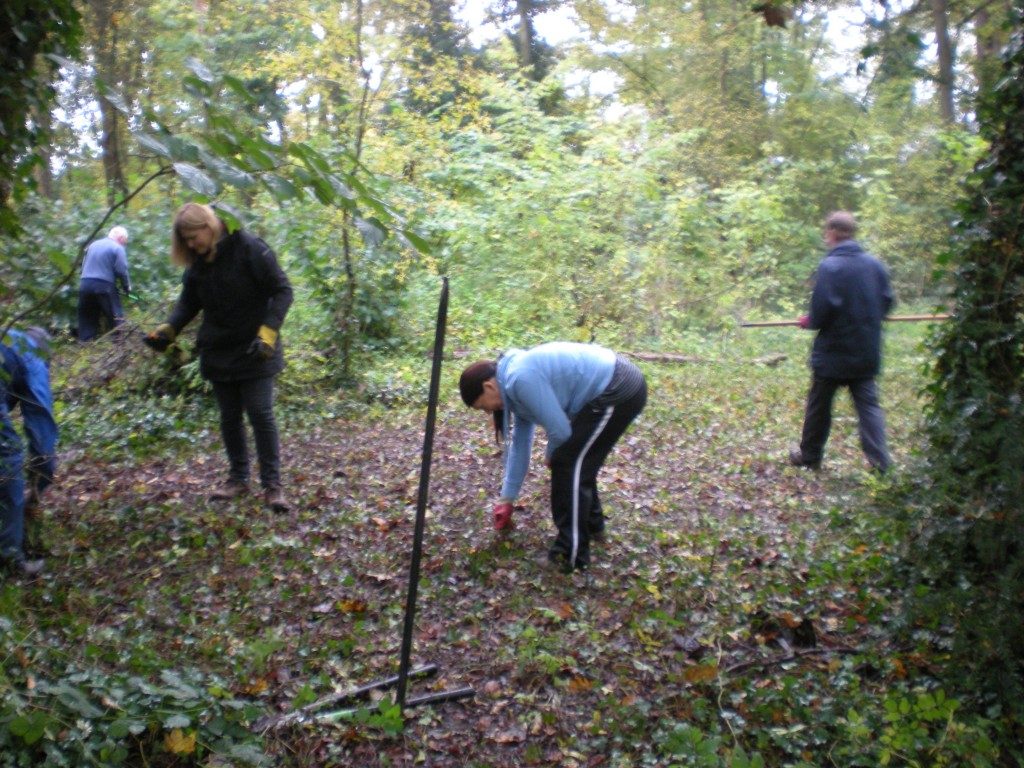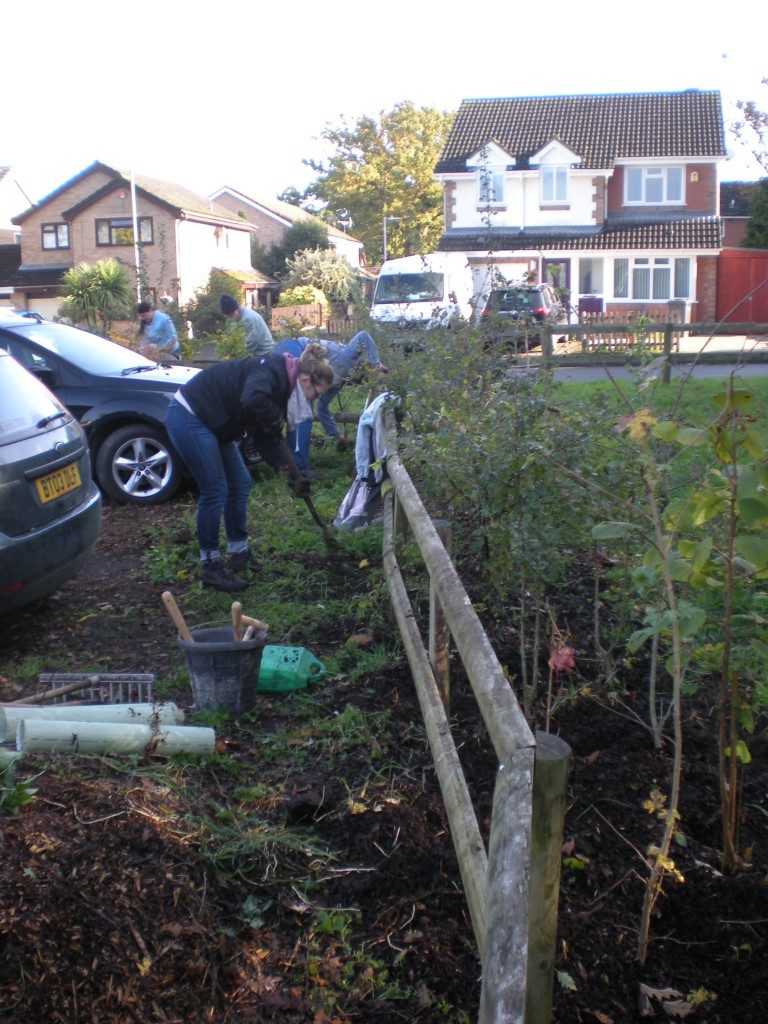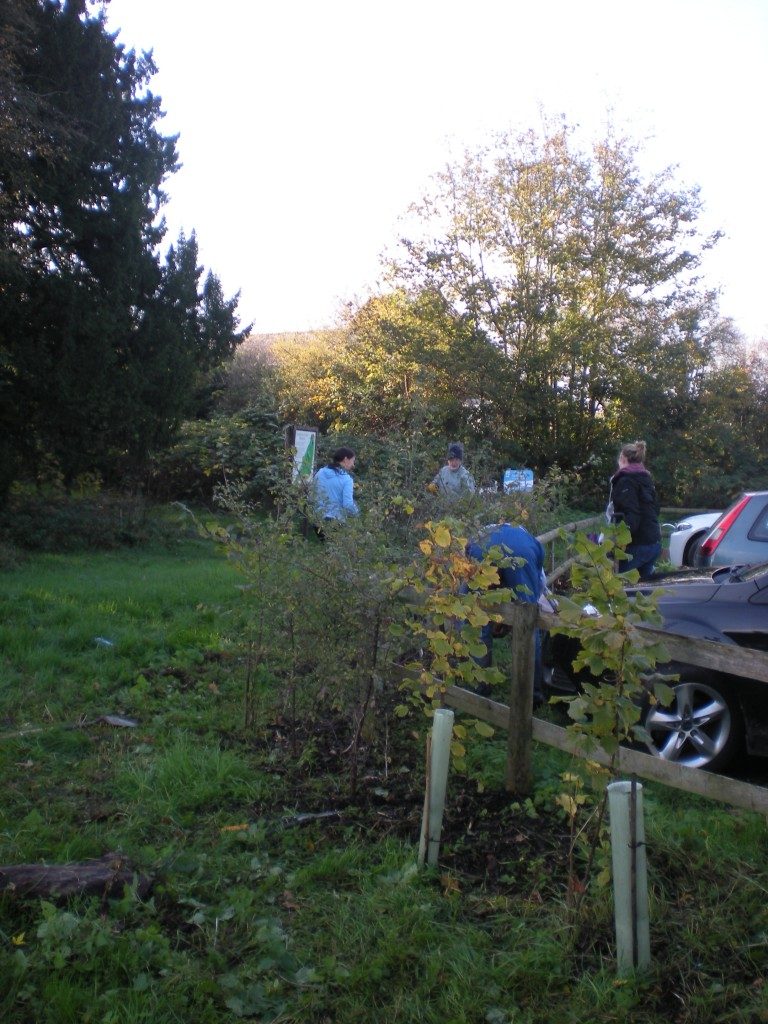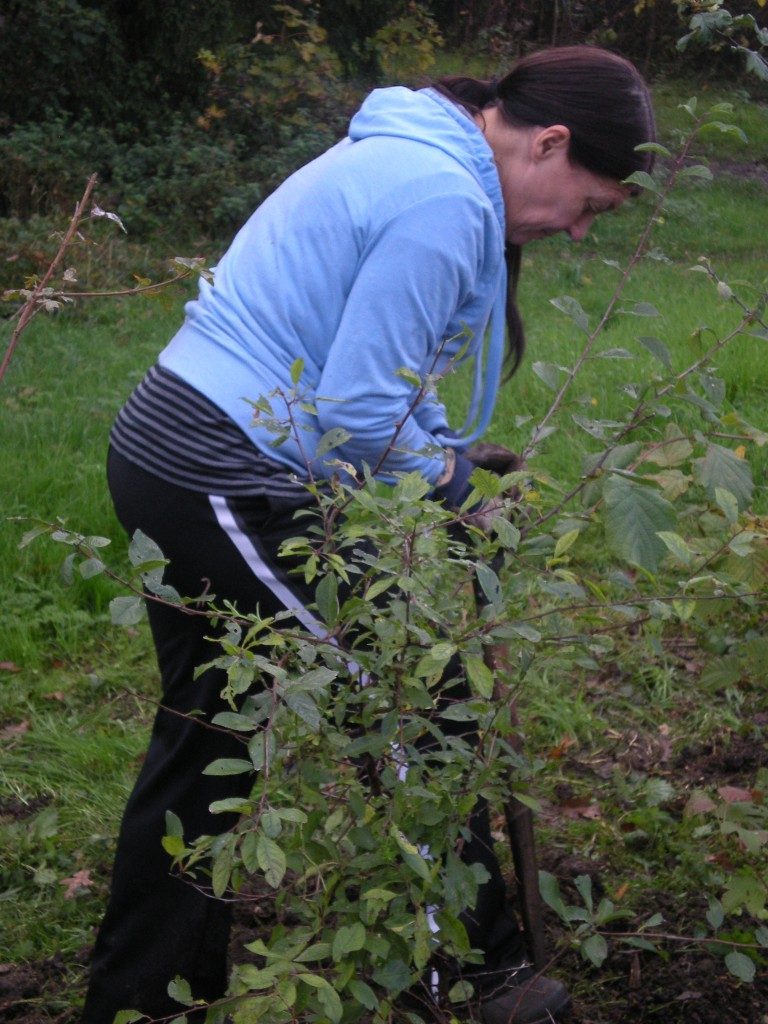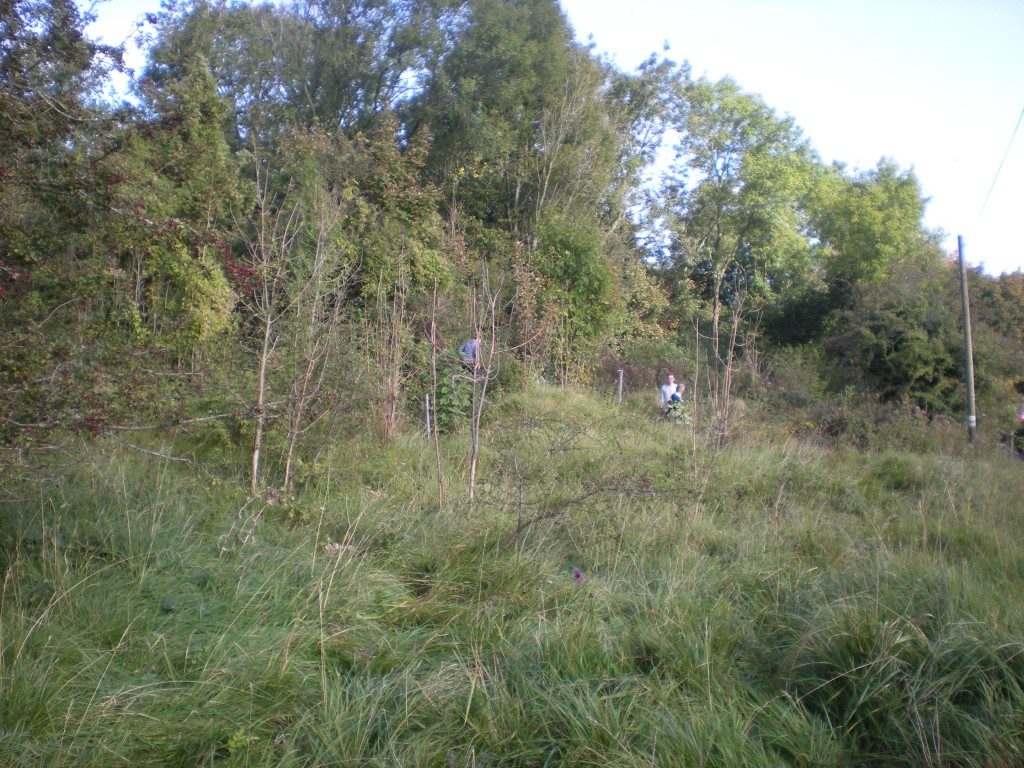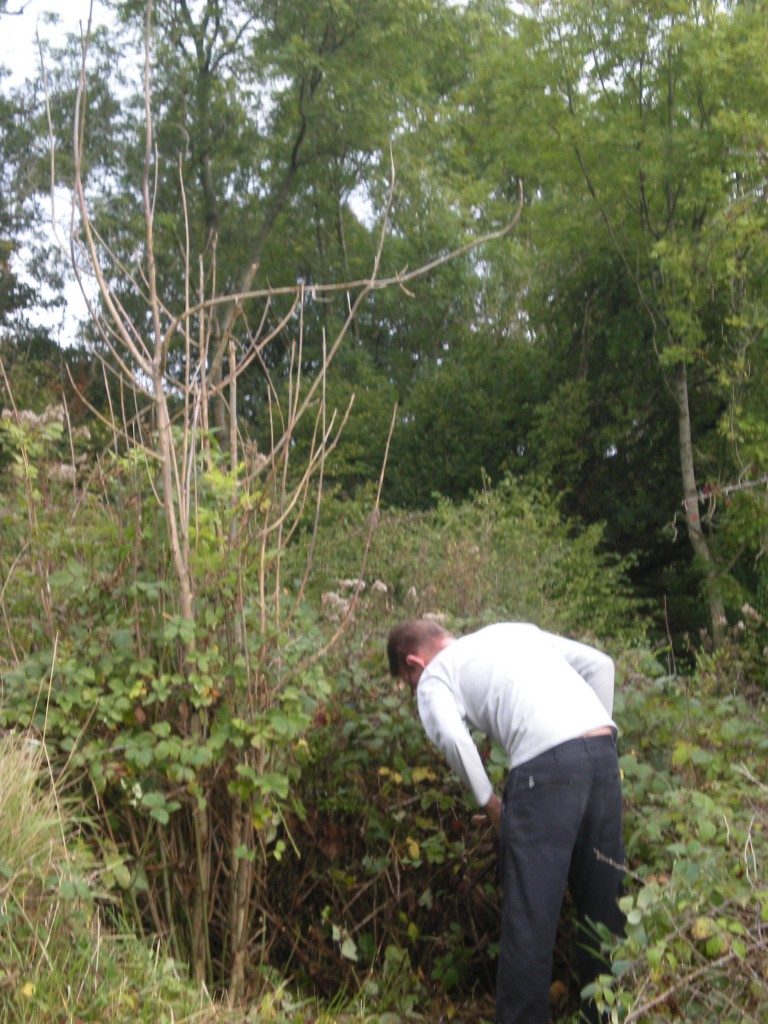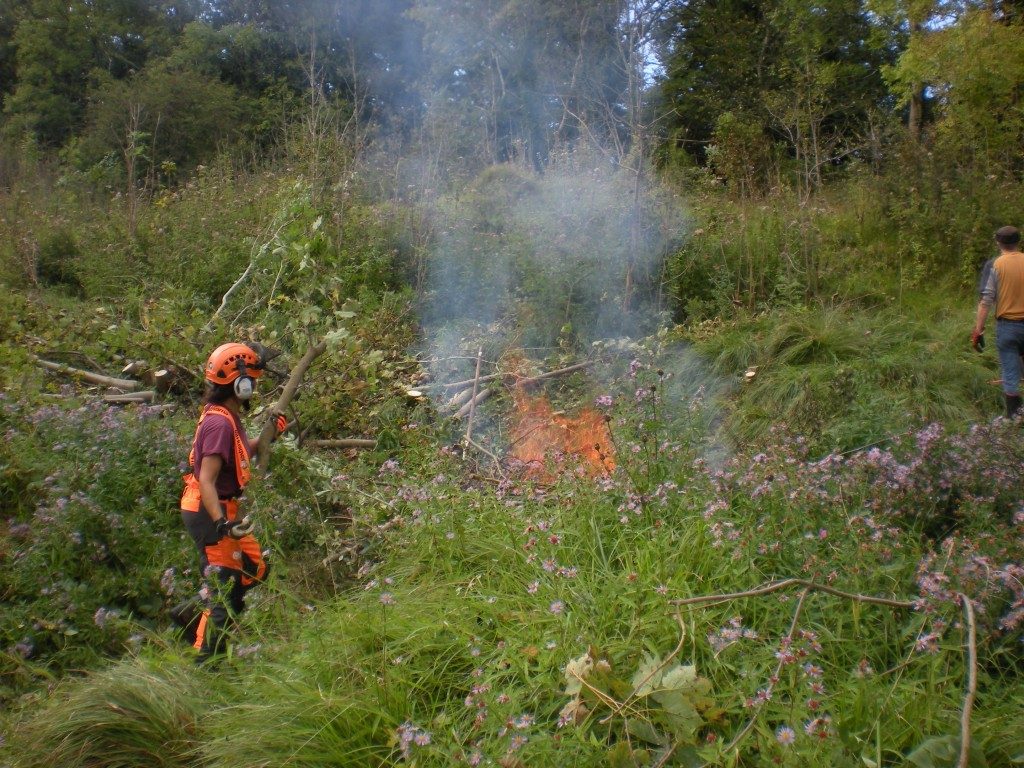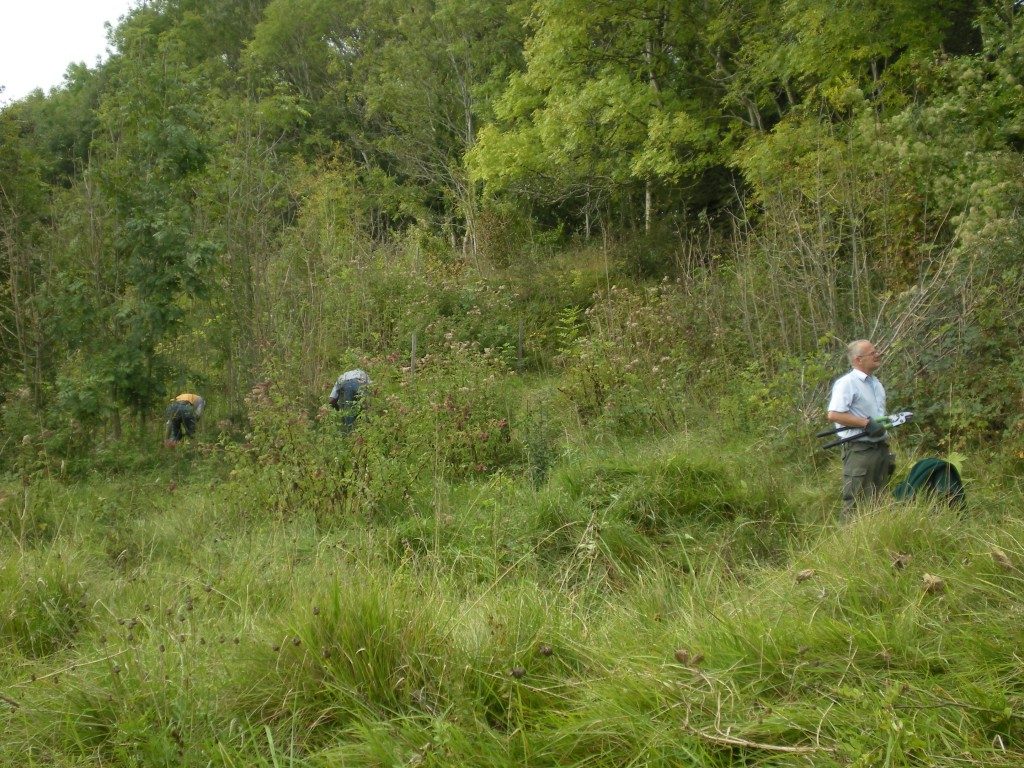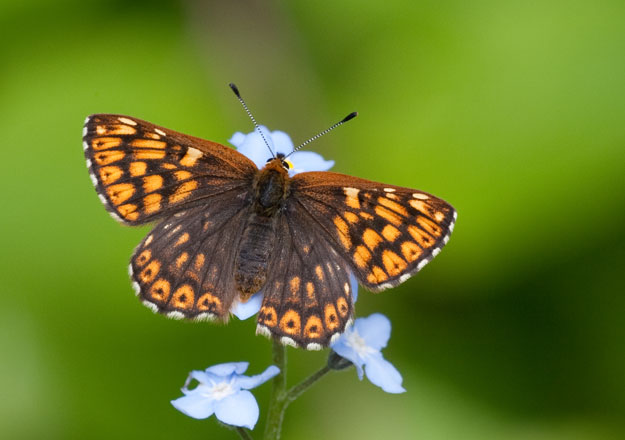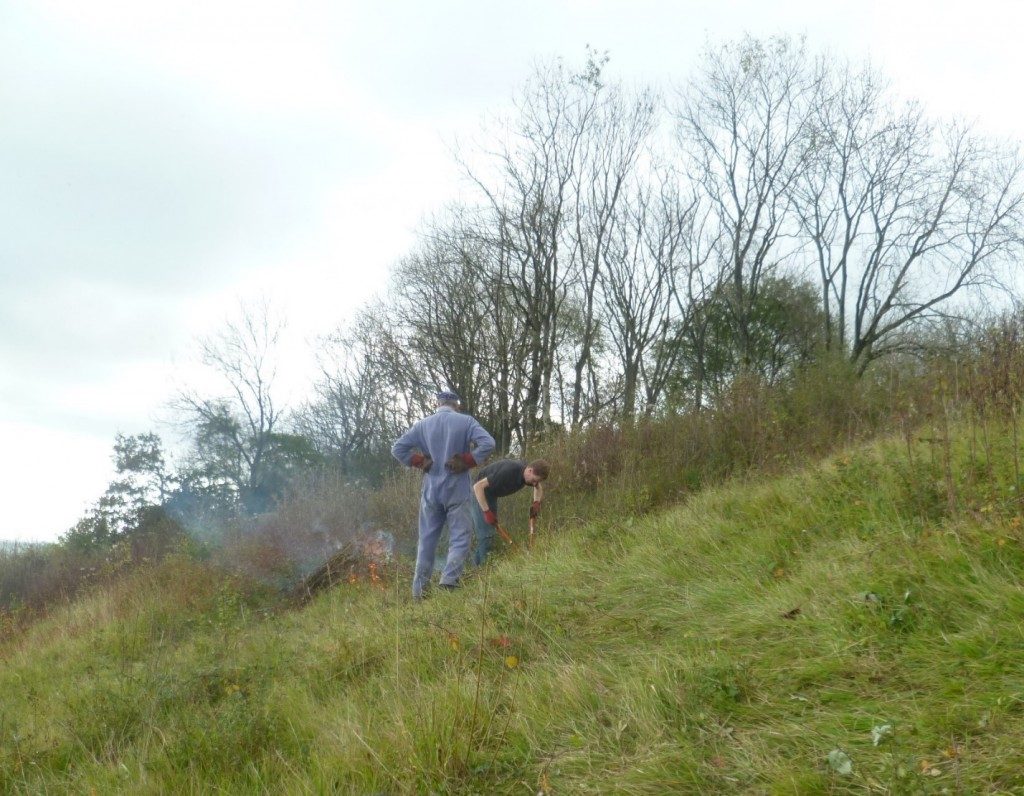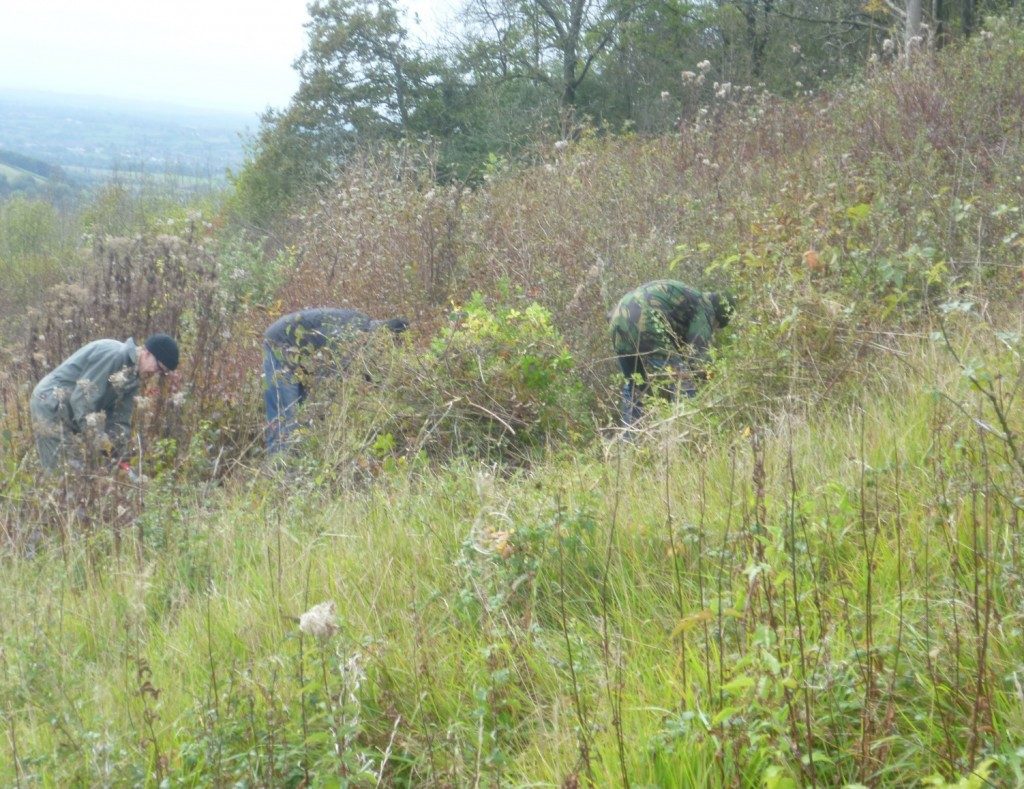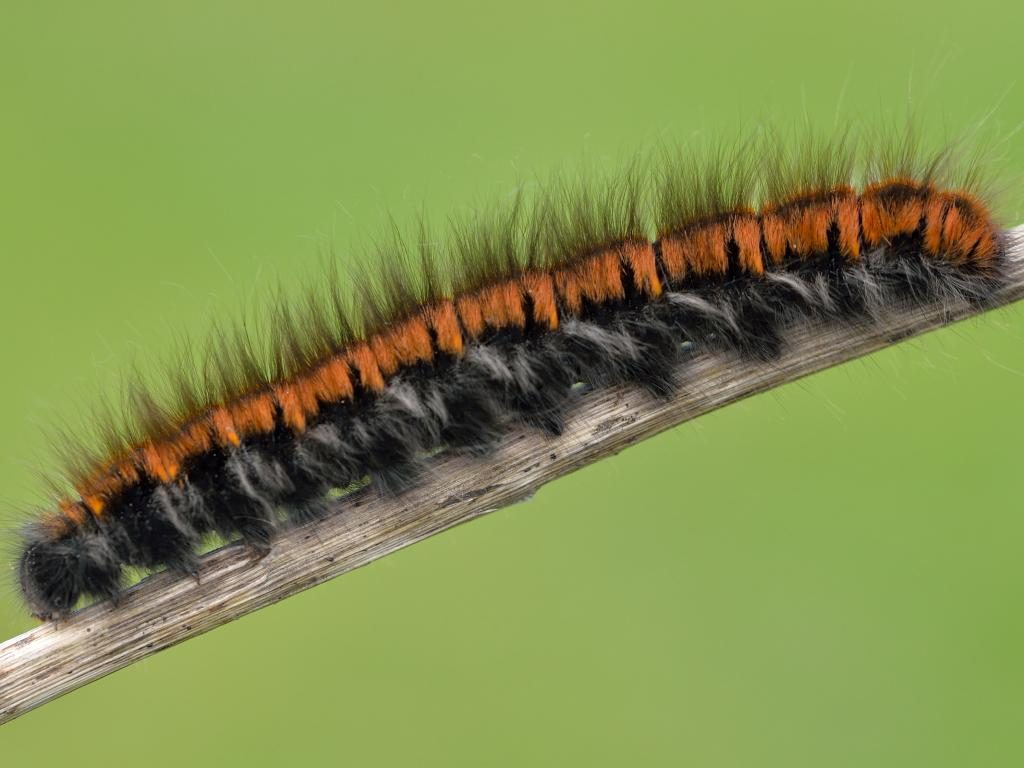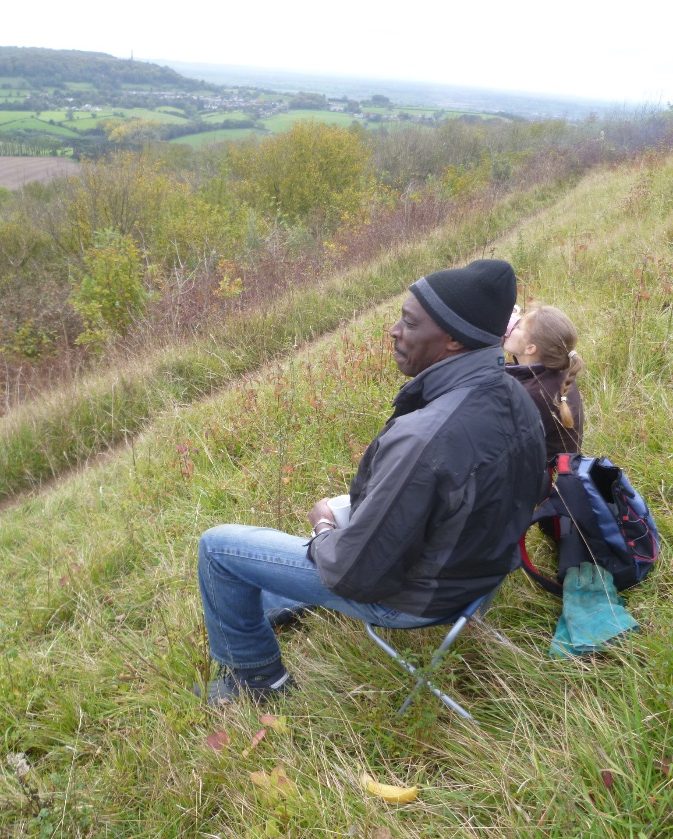GVCV TASK 01 NOVEMBER 2020 – STANWAY ASH WOOD
On Sunday 01 November 2020 GVCV worked in Stanway Ash Wood, Tewksbury for FWAGSW.
The Farming & Wildlife Advisory Group South West (FWAGSW) is a registered charity representing the region’s farmers and landowners in the delivery of wildlife conservation. They are part funded by Natural England and work with partner conservation organizations including the Wildlife Trust. In Gloucestershire they are heavily involved in Water with Integrated Local Delivery (WILD) projects restoring ditches, streams and rivers to aid the currently failing ecology and fish populations.
Our specific task that day was to make continue the task we started last year, coppicing an area of the hazel, which had not been done for some 40 years previously. Specific birds, insects and mammals depend on young hazel and left untended the stems grow into substantial trees, producing a changed habitat, so regular coppicing is required to maintain the existing ecology.
The hazel we harvested will be used in the FWAGSW waterway restoration projects. We cut the stems into 5 foot lengths and tied them into manageable bundles. These bundles will be taken and fixed as reinforcement for the banks of waterways to help prevent erosion.
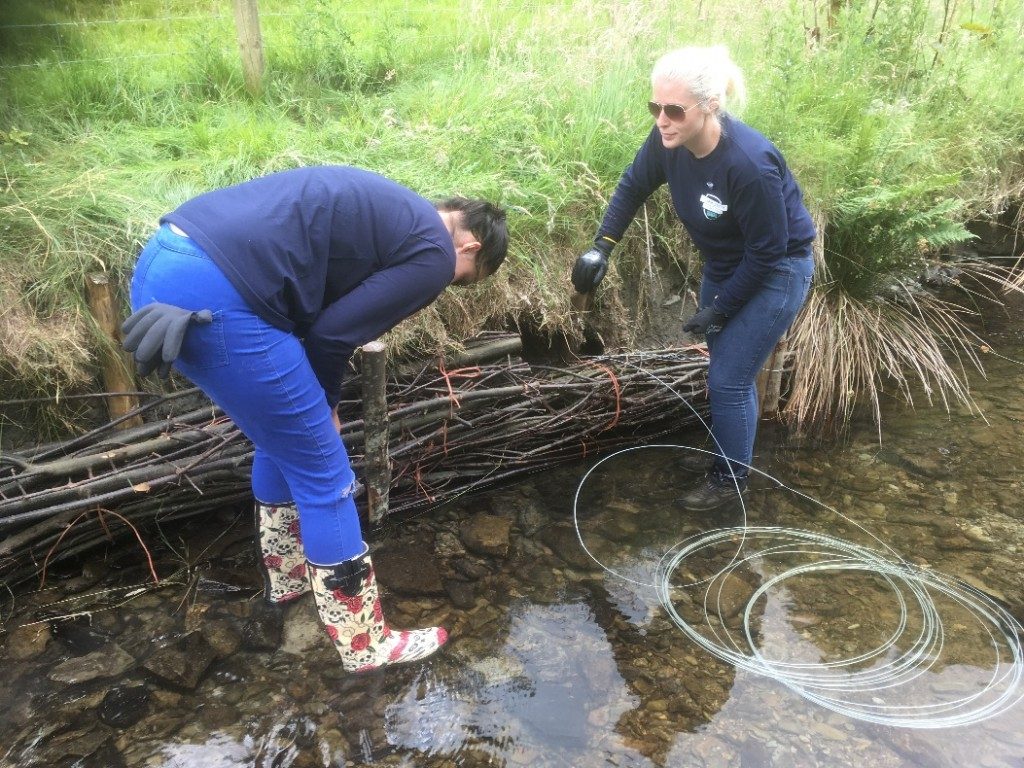
The Hazel bundles being placed to reinforce a stream bank
Rather than leaving the bundles on the ground, where they would quickly degrade we constructed a raised platform on which to stack them during our earlier task. Our construction was of a lightly lesser standard than the bridge over the river Kwai but it did exactly what we wanted of it.
Not all of the bundles we had previously created had been used and the un-used remainder had fallen apart as we had tied them with garden twine which is intended to disintegrate over time. During this task we re-tied those bundles using bailer twine which is weatherproof and rotproof and, in this case, luminous yellow.

The bundles as we left them last time

The remaining bundles from the last time as we found them this time

The old bundles re-tied with bailer twine and ready for use again..
As we were working at some distance from our previous location we constructed another platform to receive our new product. We did it faster this time, practice making perfect, and populated it with our new bundles.


Proud owner of a heap of brash, by-product of the harvested stems
Cutting the stems as low down on the stool as possible. Tough on the knees. Note the colour co-ordinated top, wellies and gloves, fashion always being high on GVCV list of priorities.
We achieved quite a lot during the morning but shortly after lunch the heavens opened and we had a wet finish, which left us physically dampened but with enthusiasm unabated. Bring on the next task day here!

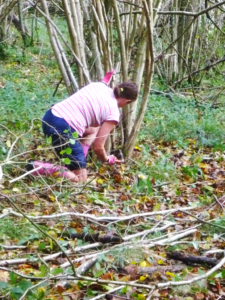
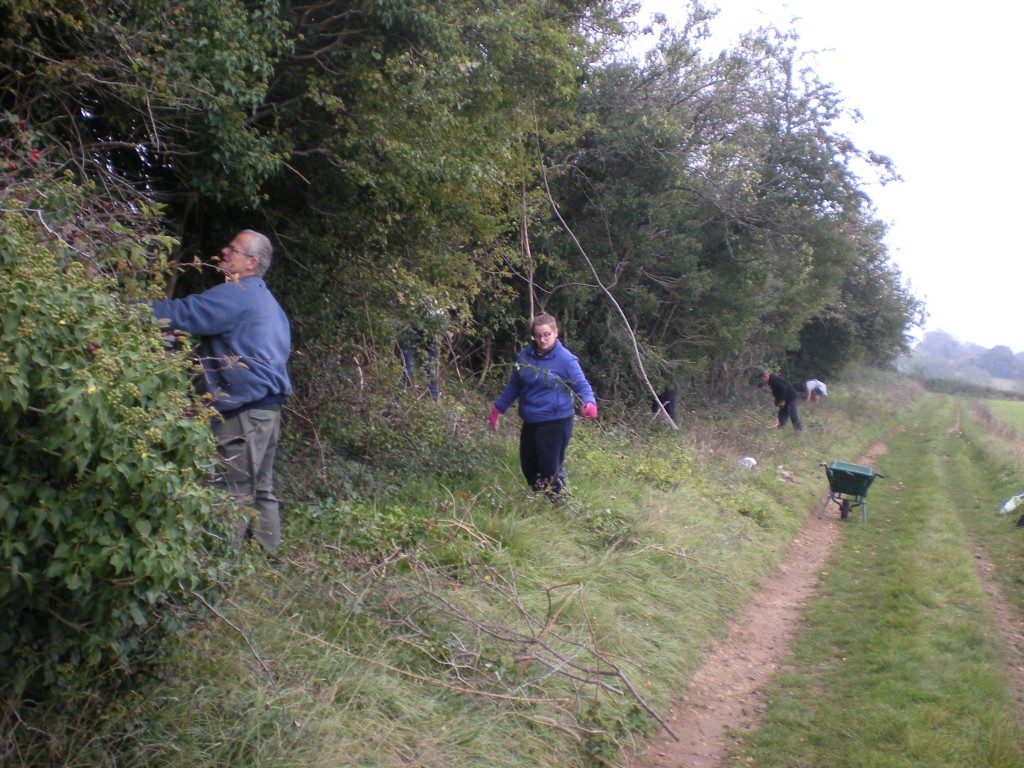
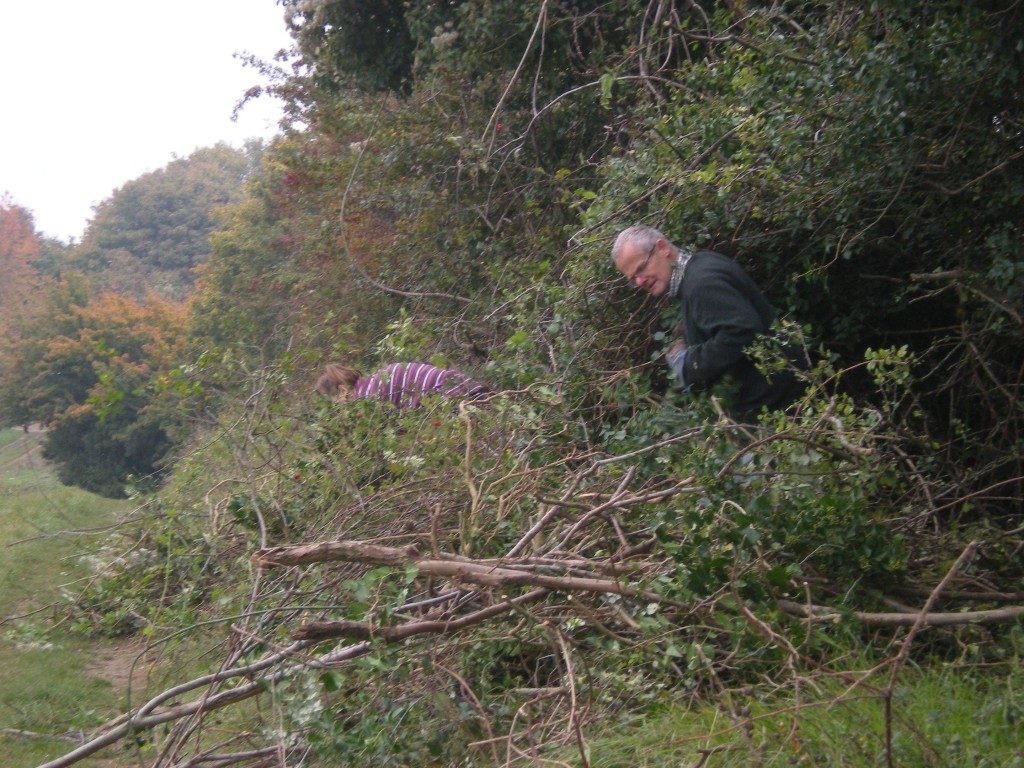
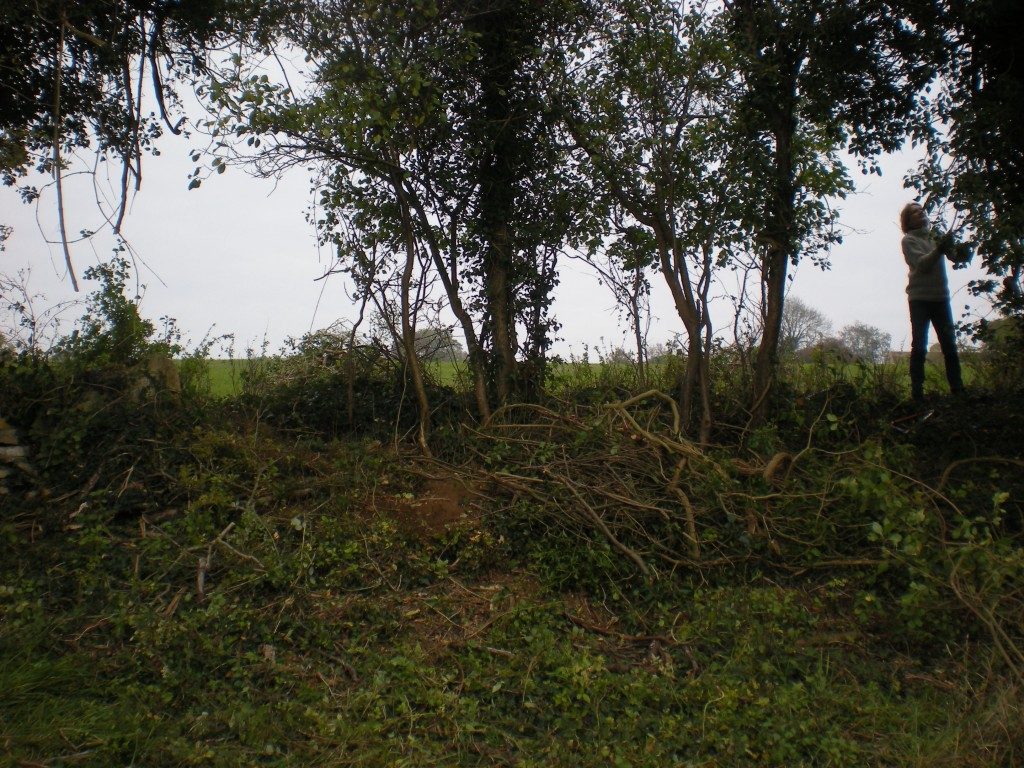
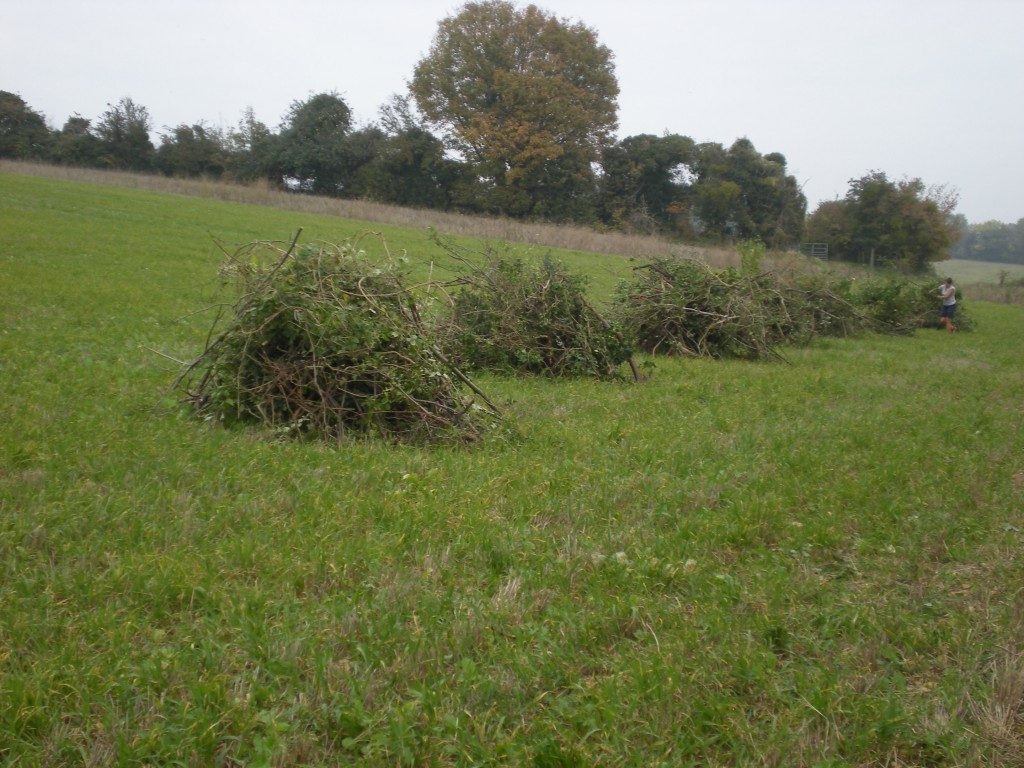
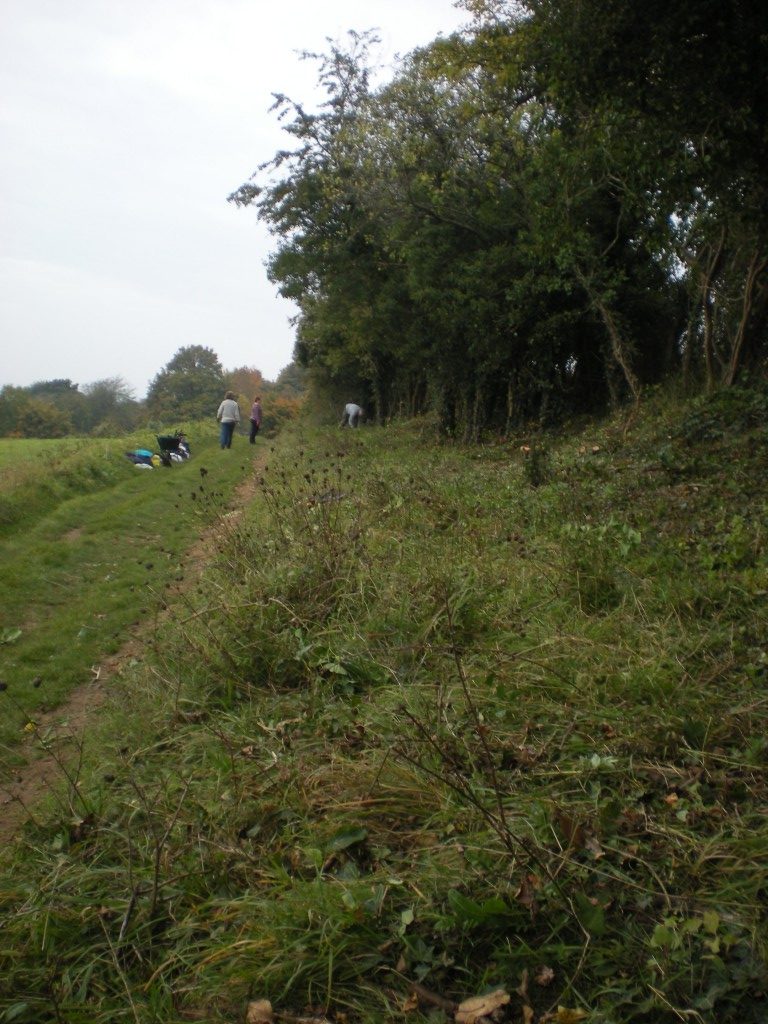
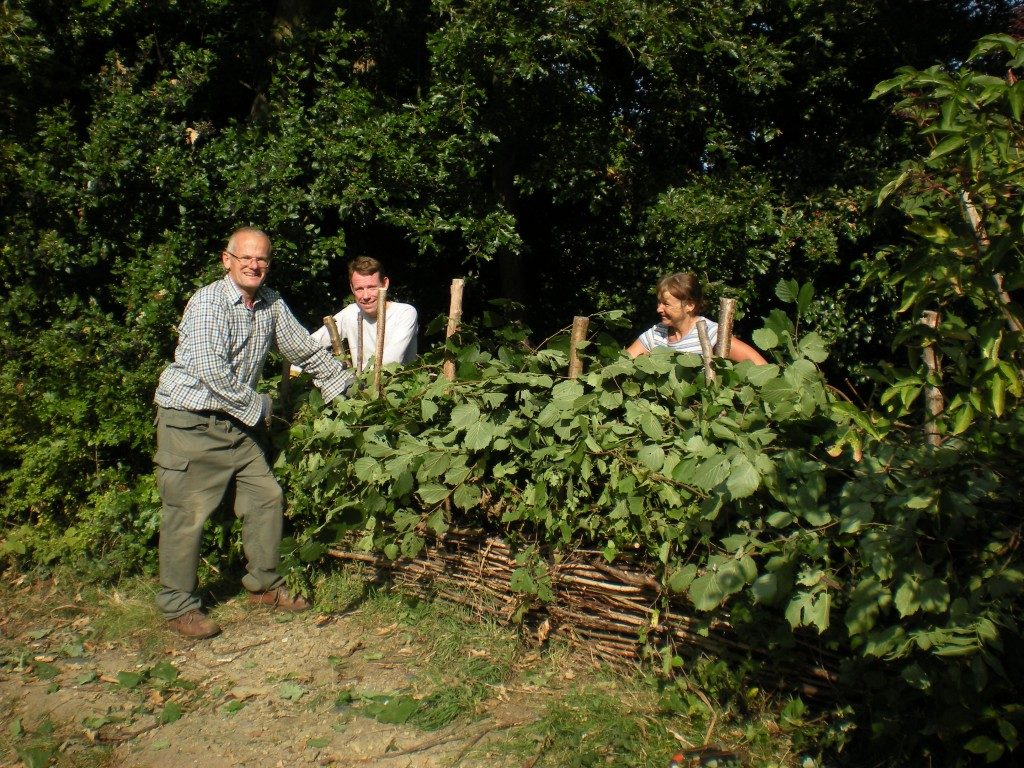
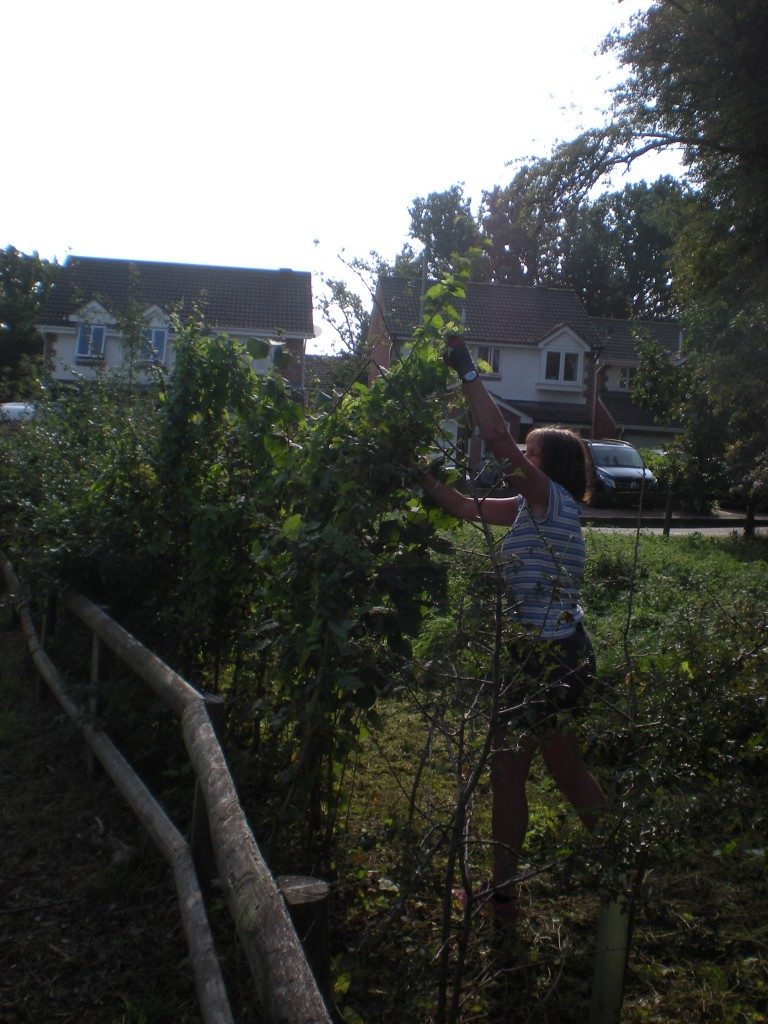
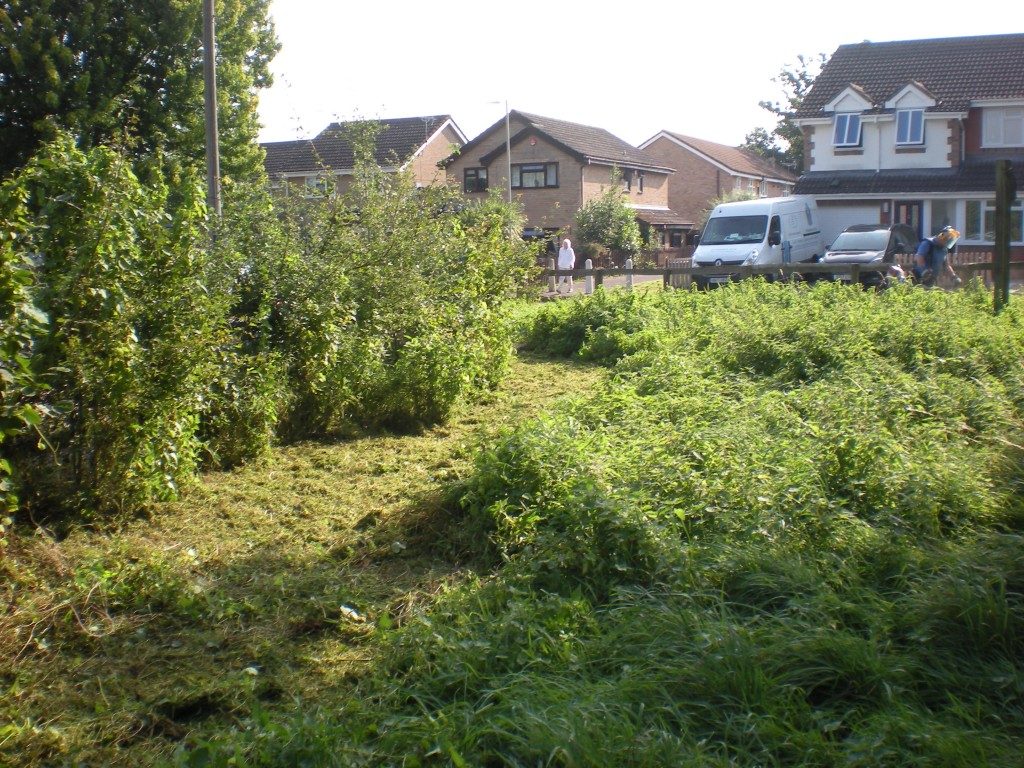
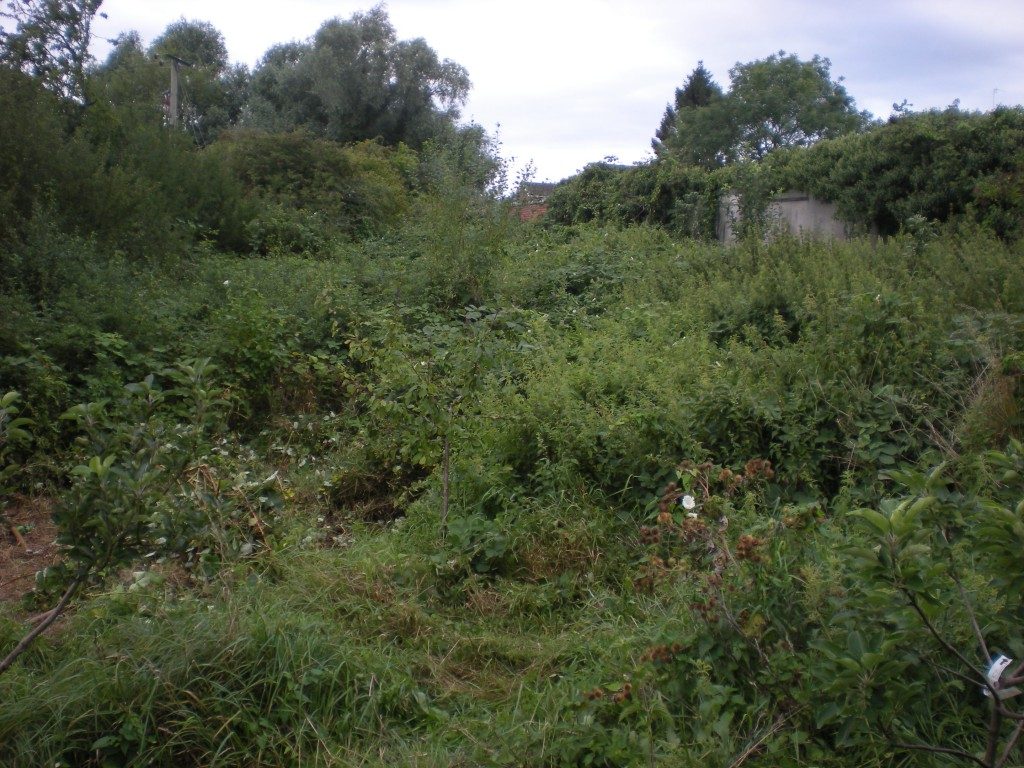
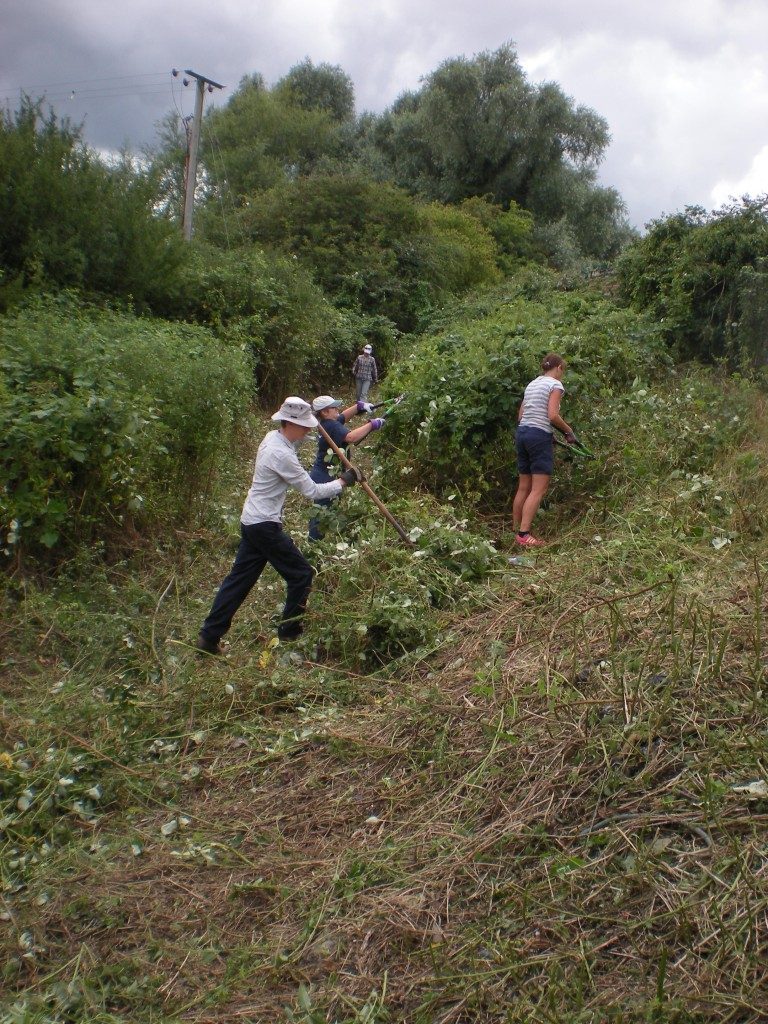
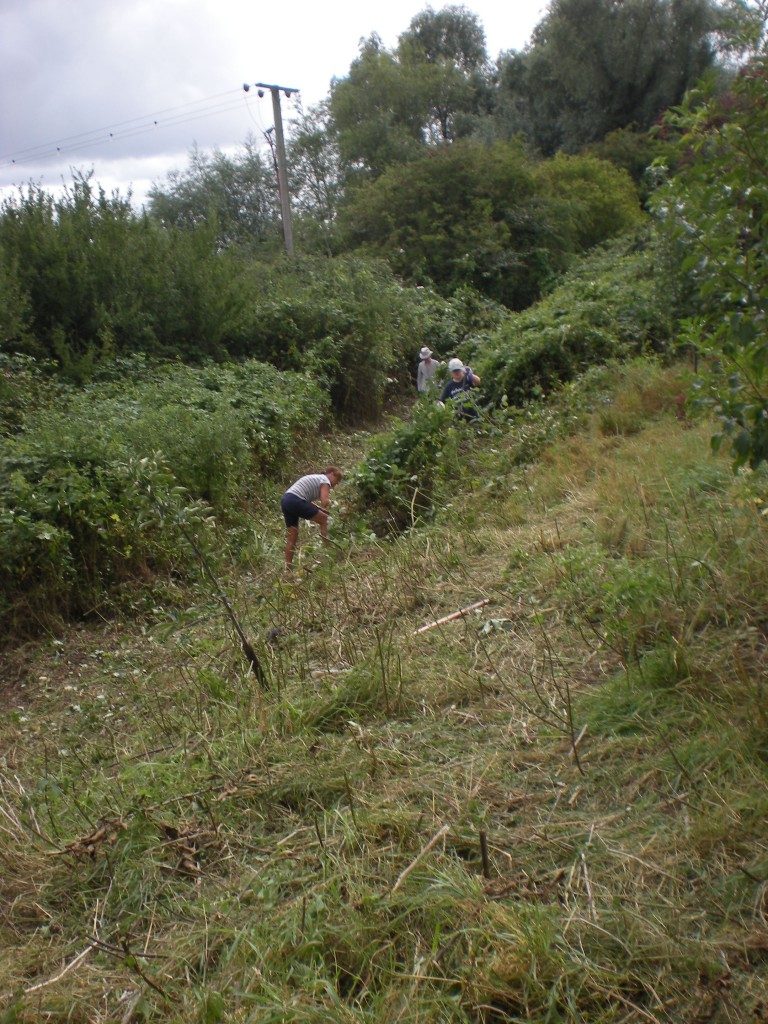
 The Farming & Wildlife Advisory Group South West (FWAGSW) is a registered charity representing the region’s farmers and landowners in the delivery of wildlife conservation. They are part funded by Natural England and work with partner conservation organizations including the Wildlife Trust. In Gloucestershire they are heavily involved in Water with Integrated Local Delivery (WILD) projects restoring ditches, streams and rivers to aid the currently failing ecology and fish populations.
The Farming & Wildlife Advisory Group South West (FWAGSW) is a registered charity representing the region’s farmers and landowners in the delivery of wildlife conservation. They are part funded by Natural England and work with partner conservation organizations including the Wildlife Trust. In Gloucestershire they are heavily involved in Water with Integrated Local Delivery (WILD) projects restoring ditches, streams and rivers to aid the currently failing ecology and fish populations.











